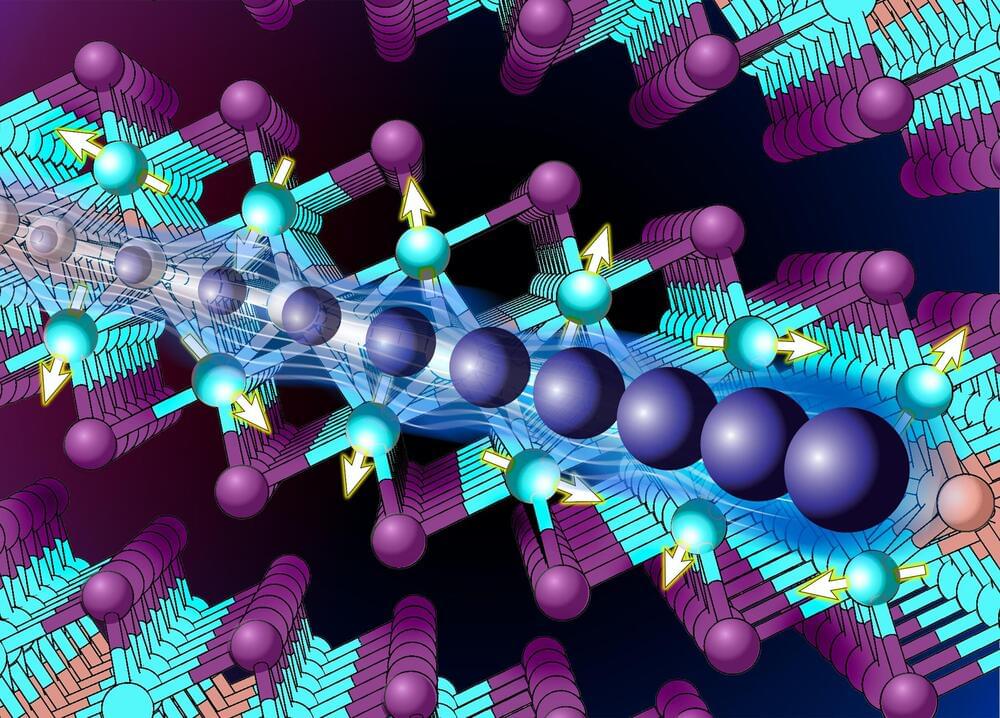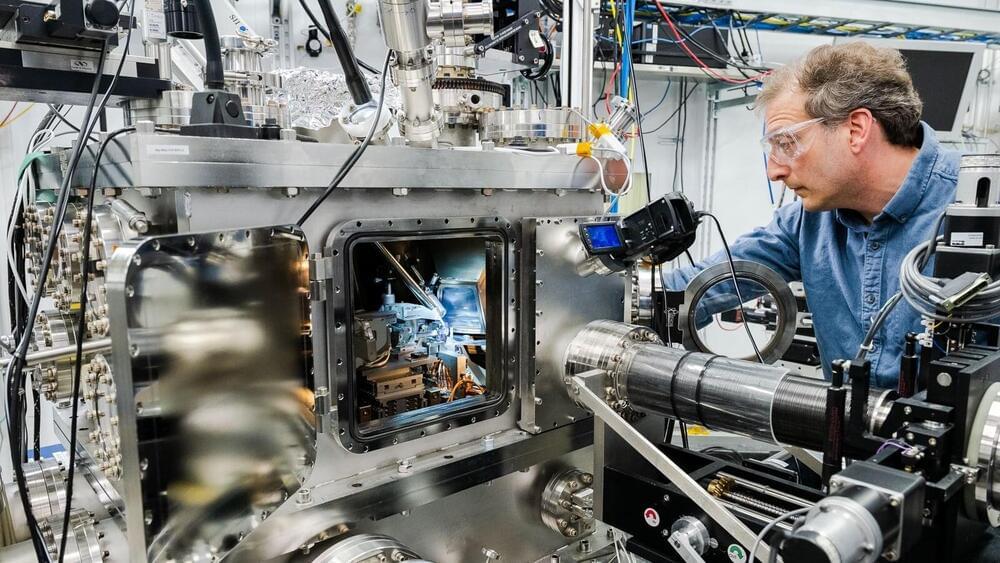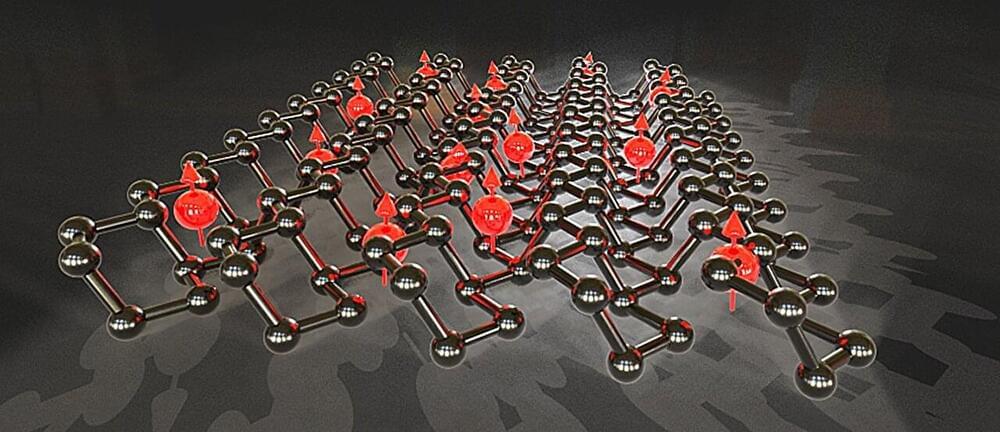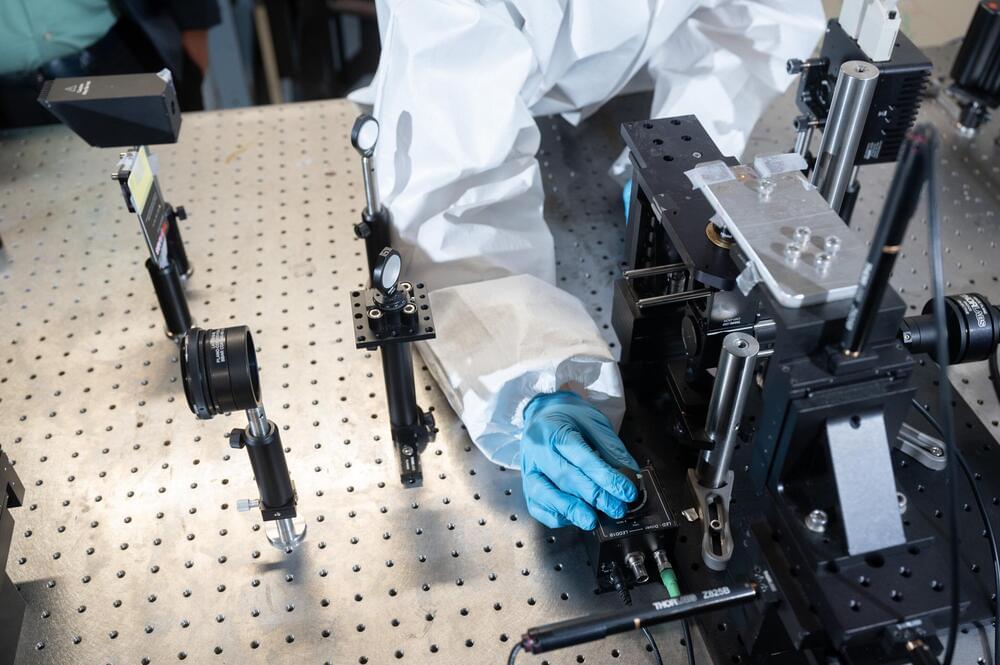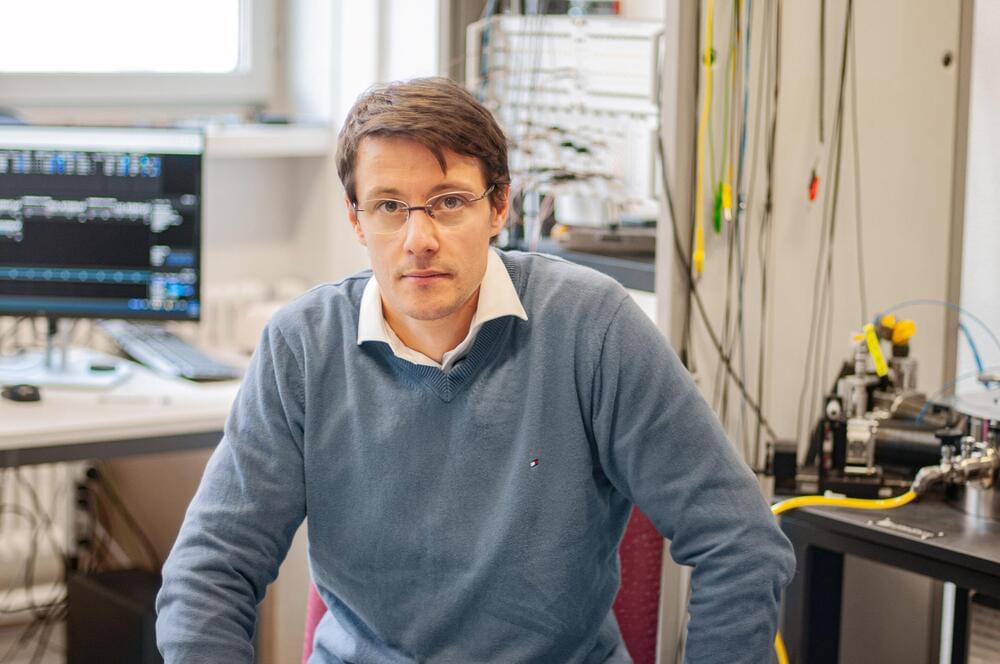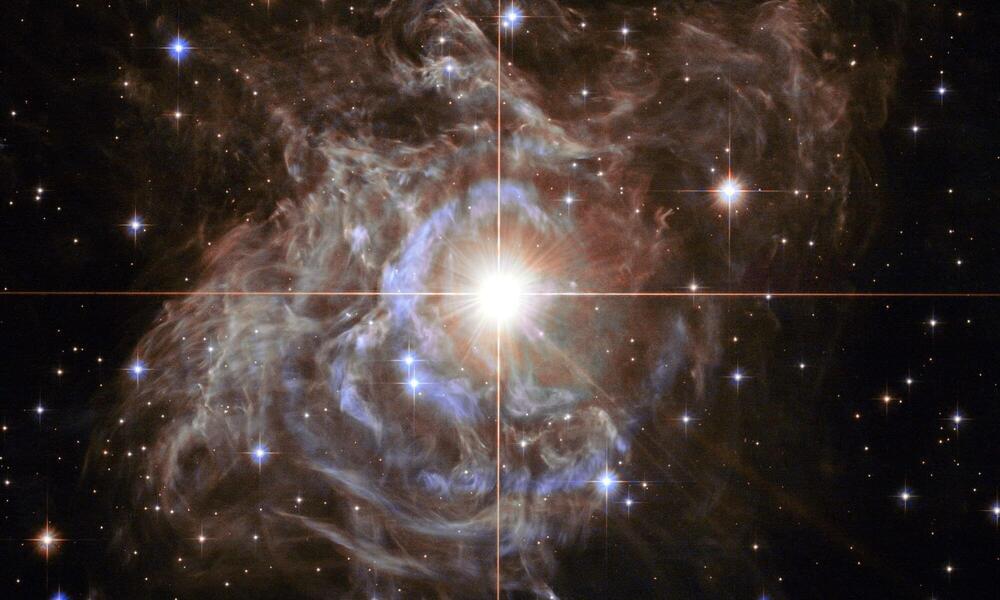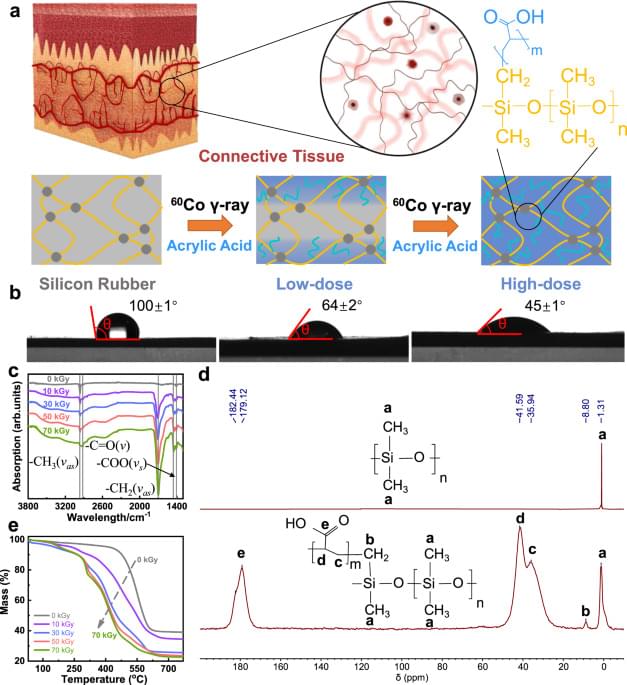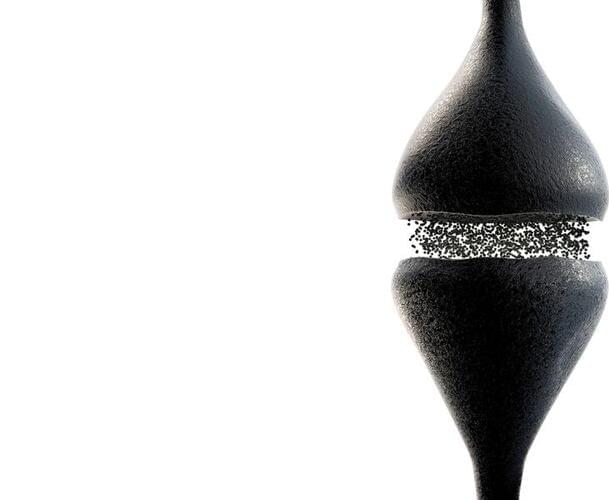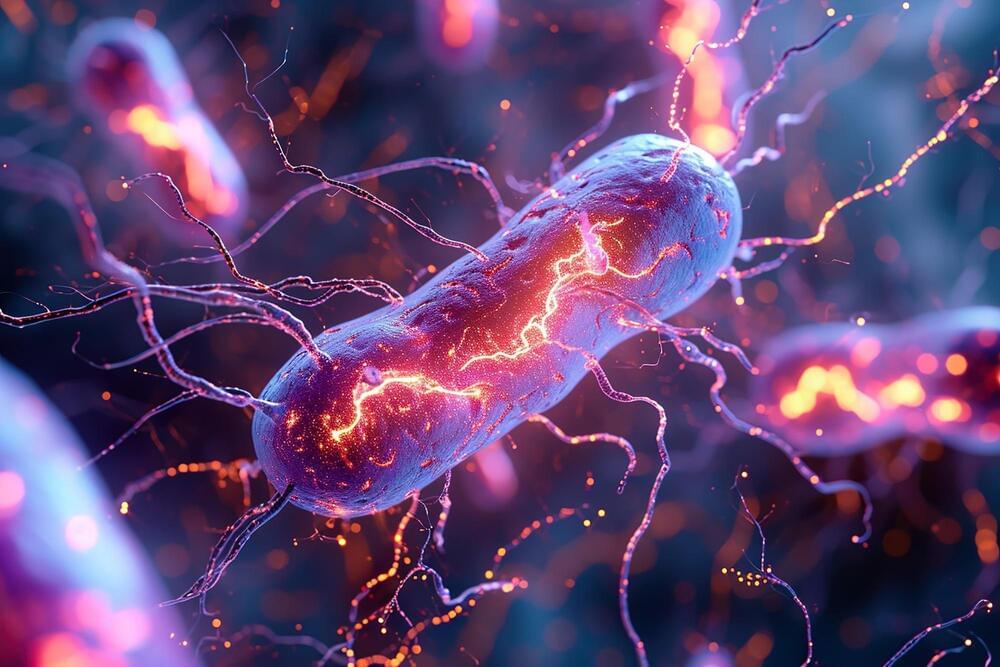Researchers at Columbia University have successfully synthesized the first 2D heavy fermion material. They introduce the new material, a layered intermetallic crystal composed of cerium, silicon, and iodine (CeSiI), in a research article published in Nature.
Heavy fermion compounds are a class of materials with electrons that are up to 1,000 times heavier than usual. In these materials, electrons get tangled up with magnetic spins that slow them down and increase their effective mass. Such interactions are thought to play important roles in a number of enigmatic quantum phenomena, including superconductivity, the movement of electrical current with zero resistance.
Researchers have been exploring heavy fermions for decades, but in the form of bulky, 3D crystals. The new material synthesized by Ph.D. student Victoria Posey in the lab of Columbia chemist Xavier Roy will allow researchers to drop a dimension.
